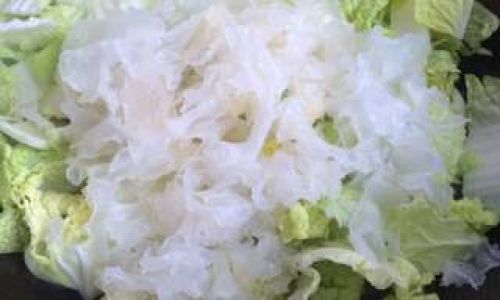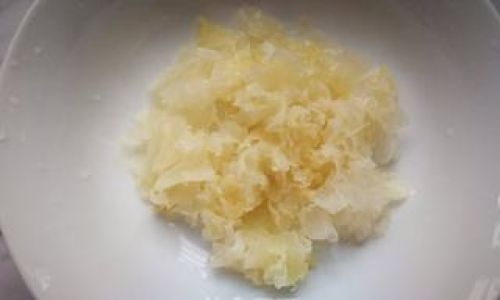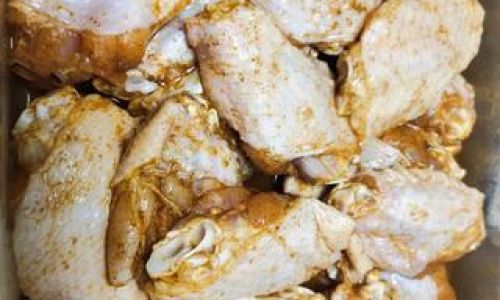Introduction
Cherries, with their vibrant hue and sweet-tart flavor, are a beloved summer treat. However, their delicate nature makes them prone to spoilage, leaving many to wonder: What happens when cherries go bad? Are they still safe to eat, or should they be discarded immediately? This article delves into the science of cherry spoilage, the potential health risks of consuming damaged fruit, and practical alternatives to waste. By understanding the signs of decay and the consequences of ingestion, you can make informed decisions about whether to toss that questionable cherry—or find a creative way to repurpose it.
The Science Behind Cherry Spoilage
Cherries, like all fresh produce, begin deteriorating the moment they are harvested. Several factors contribute to their decline:
- Enzymatic Breakdown: Cherries contain enzymes that break down cell walls, leading to softening and texture changes. This process accelerates as the fruit ages.
- Microbial Activity: Bacteria, yeasts, and molds colonize the fruit’s surface, feeding on sugars and nutrients. Over time, these microbes produce waste products that alter taste, smell, and appearance.
- Oxidation: Exposure to oxygen triggers chemical reactions that discolor the fruit’s flesh, turning it brown or dull.
- Moisture Loss: Dehydration causes cherries to shrivel, concentrating their sugars but also making them less appealing.
The interplay of these factors determines how quickly cherries spoil. Temperature, humidity, and handling practices (e.g., bruising during transport) further influence the rate of decay.
Signs Your Cherries Have Gone Bad
Identifying spoilage is critical to avoiding health risks. Look for these indicators:

- Texture Changes: Overripe cherries become soft, but spoiled ones may feel mushy, slimy, or excessively wrinkled.
- Off Smells: Foul odors, such as a fermented, vinegar-like, or moldy scent, signal microbial activity.
- Discoloration: Brown or black spots, dull skin, or a grayish film (mold) are red flags.
- Mold Growth: Fuzzy patches in green, blue, or white indicate fungal colonization. Even small amounts of mold can penetrate deep into the fruit.
- Leakage: Liquid oozing from the stem or skin suggests advanced decay.
Note: A single bruised or slightly soft cherry isn’t necessarily unsafe—it may still be edible if other signs are absent. However, multiple indicators warrant disposal.
Health Risks of Eating Spoiled Cherries
Consuming decayed cherries poses several dangers:
-
Bacterial Contamination:
- Salmonella and E. coli can cause severe gastrointestinal distress, including vomiting, diarrhea, and fever.
- Listeria monocytogenes, though rare in cherries, is particularly dangerous for pregnant individuals, the elderly, and immunocompromised people.
-
Mycotoxins: Molds like Aspergillus and Penicillium produce toxic compounds (e.g., aflatoxins) that may cause liver damage or cancer with long-term exposure.
-
Digestive Issues: Even non-pathogenic microbes can trigger bloating, gas, or mild stomachaches in sensitive individuals.
Risk Factors:

- Children and the elderly have weaker immune systems.
- People with chronic illnesses (e.g., diabetes, HIV) are more susceptible to infections.
- Pregnant women face higher risks of listeriosis, which can harm fetuses.
Debunking Myths:
- “Cutting off the mold makes it safe!”: Mold’s root-like structures (hyphae) invade deeper layers, making surface removal ineffective.
- “Freezing kills bacteria!”: Freezing slows microbial growth but doesn’t eliminate pathogens.
When Are Cherries Still Edible?
Not all imperfect cherries are unsafe. Consider these scenarios:
- Slight Overripeness: Soft, wrinkled cherries with no mold or off-smells can be used in cooked dishes (e.g., sauces, jams) where heat kills microbes.
- Bruising: Minor discoloration from handling is harmless; trim the affected area and consume promptly.
- Freezer Burn: Cherries with ice crystals but no spoilage signs are safe to eat, though their texture may be compromised.
Pro Tip: Always taste a tiny portion first—bitter or sour flavors indicate fermentation or spoilage.
Alternatives to Tossing Spoiled Cherries
If your cherries are beyond salvaging, repurpose them sustainably:
- Composting: Add spoiled fruit to a compost bin to enrich soil. Avoid composting if mold is extensive, as some fungi can survive and spread.
- Natural Dyes: Boil spoiled cherries to create pink or red dyes for fabrics or crafts.
- Plant Fertilizer: Bury cherries near non-edible plants (e.g., flowers) to decompose slowly and nourish the soil.
- Cleaning Agent: Cherries’ acidic juice can clean copper pots or remove stains (spot-test first).
- Cherry Vinegar: Ferment slightly spoiled cherries with vinegar to make a tangy condiment.
Recipe Idea: Cherry Sauce for Overripe Fruit
- Simmer 2 cups cherries (pitted, spoilage-free) with ¼ cup sugar and 1 tbsp lemon juice until thickened.
- Blend and strain for a versatile topping for ice cream, yogurt, or pancakes.
How to Extend Cherry Shelf Life
Prevention is key to reducing waste:

- Storage:
- Keep cherries refrigerated (32–34°F/0–1°C) in a breathable bag or container.
- Avoid washing until use—excess moisture accelerates spoilage.
- Buying Tips:
- Choose firm, glossy cherries with green stems.
- Avoid containers with juice stains, a sign of bruising.
- Washing: Rinse just before eating to prevent mold growth.
- Freezing: Spread cherries on a baking sheet, freeze, then transfer to airtight bags for up to 6 months.
The Ethical Dilemma: Food Waste vs. Safety
Globally, 1.3 billion tons of food are wasted annually. While repurposing spoiled cherries is eco-friendly, prioritize safety over sustainability. A single case of food poisoning outweighs the benefits of composting.
Compromise: Use slightly overripe cherries in cooked recipes to minimize waste without risking health.
Conclusion
Spoiled cherries are a gateway to understanding food safety and sustainability. While minor imperfections may be harmless, advanced decay introduces risks that outweigh the benefits of consumption. By learning to identify spoilage, repurposing inedible fruit, and adopting smart storage practices, you can enjoy cherries while respecting both your health and the planet.
Final Takeaway: When in doubt, throw it out—or get creative in the compost bin. Your taste buds (and gut) will thank you.
FAQs
-
Can I eat cherries with a few brown spots?
If the spots are superficial and the fruit smells fresh, yes. Trim the affected area and consume immediately.
-
Does freezing kill cherry mold?
No, freezing only pauses microbial growth. Thawed cherries with mold should be discarded. -
Are wrinkled cherries safe?
Wrinkling alone isn’t dangerous, but combine it with off-odors or mold, and toss them. -
Can I use spoiled cherries for facial masks?
Avoid applying decayed fruit to skin—microbes can cause irritation or infections. -
How long do cherries last in the fridge?
Properly stored, 5–7 days. Wash only before eating to extend shelf life.
By adhering to these guidelines, you’ll strike the perfect balance between savoring summer’s bounty and safeguarding your well-being.





0 comments